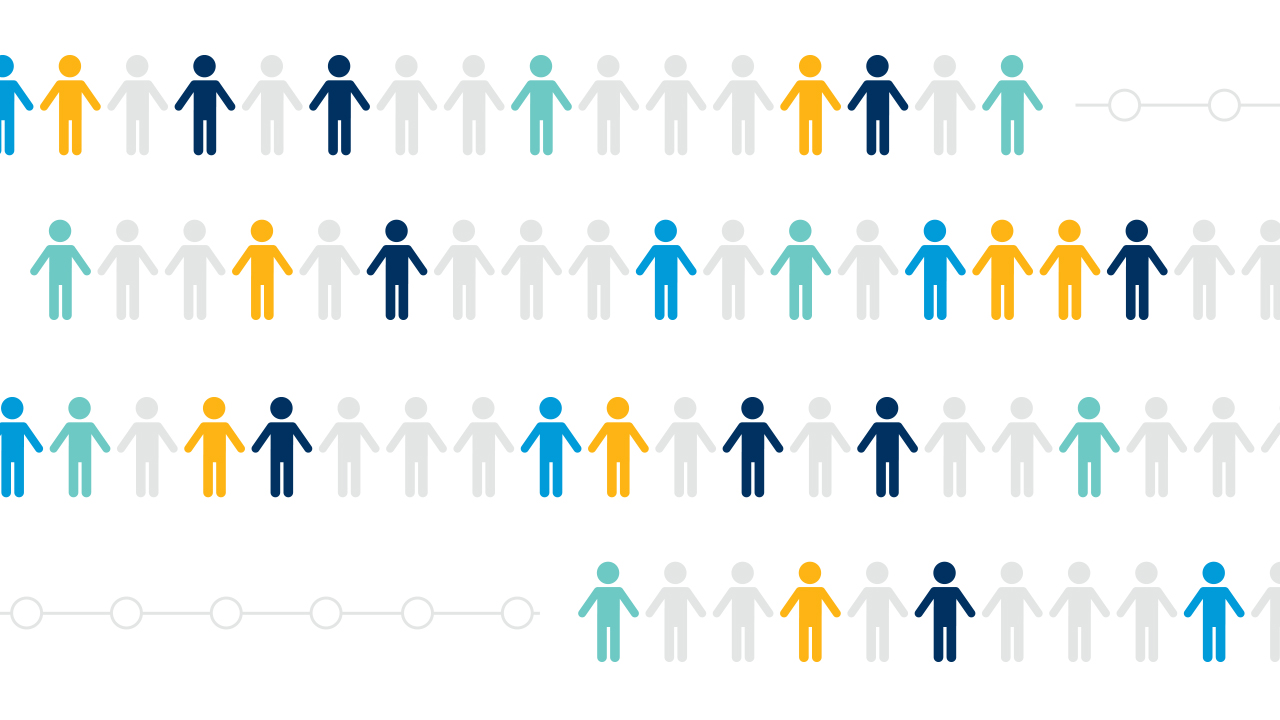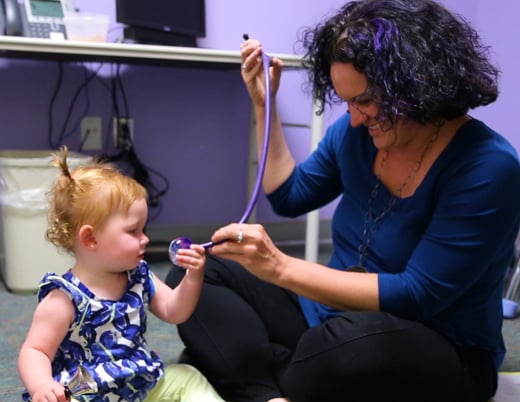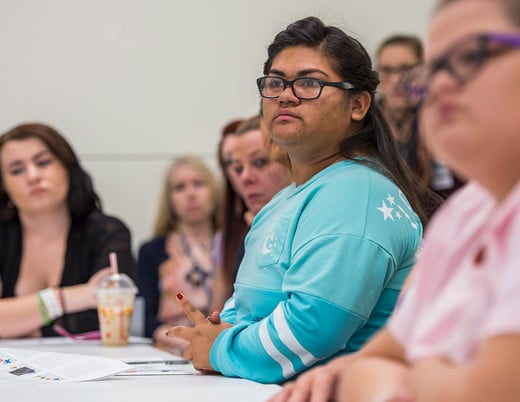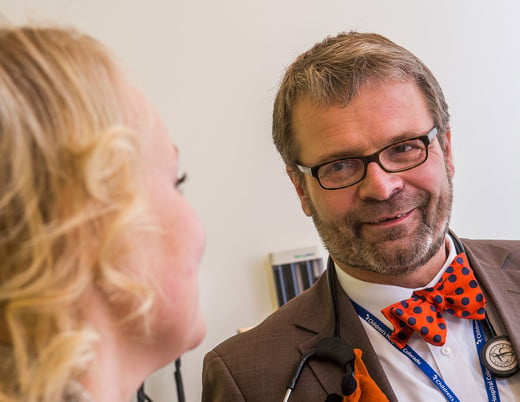What will it take to give kids with type 2 diabetes a better outlook?
In May of 2004, a group of researchers kicked off the largest and most comprehensive study of the treatment of youth-onset type 2 diabetes ever undertaken: Treatment Options for Type 2 Diabetes in Adolescents and Youth (TODAY). Nearly 700 participants, ages 10 to 17, underwent aggressive treatment with either metformin, a combination of metformin and rosiglitazone, or a combination of metformin and lifestyle medicine. The results, published in the New England Journal of Medicine in 2012, were dismal.
Rates of failure, defined as a loss of glycemic control, topped 50% with treatment by metformin alone. Participants who got lifestyle medicine in addition to metformin did slightly better, with a 46.6% failure rate. The best combination was metformin and rosiglitazone, which still produced a failure rate of 38.6% (rosiglitazone was restricted by the FDA in 2010 after studies linked it to heart attacks).
“The most obvious takeaway was that these kids experienced a much higher rate of complications than their adult counterparts,” says pediatric endocrinologist Phil Zeitler, MD, PhD, principal investigator of Treatment Options for Type 2 Diabetes in Adolescents and Youth, better known as TODAY. “We wanted a clearer picture of where these kids were headed.”
To get it, the multicenter TODAY team conducted TODAY2, which extended treatment to 2014 and continued with observation-only follow-up through January 2020. Those results, also published this summer in the New England Journal of Medicine, are equally alarming.
The cluster of type 2 diabetes complications
By TODAY2’s end, 67.5% of participants had developed hypertension. More than half had dyslipidemia, a stunning 54.8 had diabetic kidney disease, 32.4% had nerve disease and 51% developed retinal disease, some in the advanced stages. More than 60% had at least one complication, and 28.4% had two or more.
“We’d been following these kids for 15 years at that point, so we saw a lot of this coming,” says Dr. Zeitler. “But to see it all together in context, to look at the rate of appearance of complications, to see the clustering of the complications, that was disturbing. It’s not just that most of them have some complications. It’s that quite a few of them have a lot. And they’re young.”
Indeed, the mean age at completion of the study was 26 years old, and the health condition of some participants was incredibly grave – six had congestive heart failure. That’s anomalous for a pediatric population to say the least, but it’s also difficult to attribute definitively to diabetes, in large part because there’s no baseline established. TODAY2 establishes the baseline.
In many ways, the real work of parsing out the data is just beginning.
A detailed picture of diabetic kidney disease
Diabetes wreaks havoc on the microvasculature in ways that are not entirely understood, but the effects produce a set of classic diabetes complications: retinopathy, neuropathy, nephropathy. TODAY2 collected data on all of them. The New England Journal paper defined diabetic nephropathy, for example, as elevated urine albumin-to-creatine ratio, or UACR. But that’s not the only way TODAY2 assessed it.
“The kidneys lose some ability to filter blood as we age,” says pediatric endocrinologist Petter Bjornstad, MD. “About 1 ml/min/1.73m2 per year is the normal loss of glomerular filtration rate, or GFR. Three times that loss would be considered rapid GFR decline. So that’s another phenotype of diabetic kidney disease.”
With fourteen years of data on estimated GFR, Dr. Bjornstad and team could get a detailed picture of participants’ kidney function documenting hyperfiltration early in the course of illness, followed by a rapid decline in eGFR. The TODAY Study Group found that hyperfiltration was a strong risk factor for developing elevated UACR. Other risk factors included glycated hemoglobin levels, or HbA1c, which indicates excessive sugar in the bloodstream.
Teasing out associations in diabetic complication
Some of the risk factors were expected, but the study demonstrated others as well: hypertension, serum uric acid and various parameters of beta cell function.
“These risk factors are potentially modifiable,” says Dr. Bjornstad. “That’s important, because it means you can potentially target them with interventions.”
“The level of detail in these data lets us tease out associations,” says Dr. Zeitler. “If one of these kids has neuropathy, what meds are they on? What was their HbA1c over time? If you look at kids who develop neuropathy, what was the difference between them and kids who didn’t? We can figure that out.”
The TODAY Study Group is in the process of figuring that out right now, starting with a suite of six papers, including the nephropathy paper led by Dr. Bjornstad, appearing in Diabetes Care. Those papers will take a first look at an array of associations: the impact of cholesterol on retinopathy, the impact of pregnancy, as well as ethnic and racial associations and social determinants of health. Dr. Bjornstad’s paper, for example, found that female participants and participants of Hispanic heritage had a heightened risk of hyperfiltration.
The question now is why.
Comparing the TODAY2 data
“This disorder, in the U.S. anyway, disproportionately affects minorities and other socially disadvantaged populations,” says Dr. Zeitler. “But the reasons are very complex. When you say Hispanic people are more likely to get kidney disease, is that because of ancestry? Poverty? Lack of access to treatment? Hypertension?”
TODAY2 sought out the raw information for answering those questions in part through a structured interview conducted with participants every six months. They asked about encounters with community medical care and sought records. They asked about medications and whether participants could afford to take them regularly. They asked if participants were working, if their parents were working, where they were living, how many other people were living in the house.
For its last five years, TODAY2 also partnered with another major diabetes study, SEARCH for Diabetes in Youth, led by Dana Dabelea, MD, PhD, Professor of Epidemiology at the University of Colorado School of Public Health on the Anschutz Medical Campus. SEARCH administered the same interview to its own participants, youth with both type 1 and type 2 diabetes. That effectively doubles TODAY2’s data and adds a basis for comparison with type 1 diabetes.
Many more partnerships are in the pipeline. As part of the Progress in Diabetes Genetics in Youth (ProDiGY) Consortium, the first genome-wide association study of youth-onset type 2 diabetes, the TODAY Group is collaborating with SEARCH and another large study known as T2D-GENES to analyze around 10 million imputed in more than 3,000 young people with type 2 diabetes and 6,000 adult controls.
They’re also collaborating with DCCT/EDIC, a study that began in the 1970s and whose participants are now reaching their 60s, which will provide high-density, long-term data on the outcomes of people who were diagnosed with type 1 diabetes in their teens. And they’re comparing data with the Diabetes Prevention Program, which studied the feasibility of using metformin and lifestyle medicine to prevent diabetes in adults. It continued to follow participants who did develop diabetes in much the same way TODAY2 did. The comparison will go a long way toward demonstrating differences in complication rates between youth and adults with type 2 diabetes of known duration.
One thing that’s clear is that those rates are higher, and the complications more severe, than anyone suspected 15 years ago – and they start earlier. For Dr. Zeitler and the TODAY team, the next step will be to study new cohorts starting at younger ages to understand why some kids with obesity get diabetes and others don’t.
“If you can ID who’s at risk, you can start developing more effective interventions,” he says.
He’s currently seeking funding for those studies from the National Institute of Diabetes and Digestive and Kidney Diseases, the same National Institutes of Health branch that funded TODAY and TODAY2.
Until then, the work continues.
Featured Researchers

Phil Zeitler, MD, PhD
Medical Director, Clinical and Translational Research Center
Department of Pediatric Endocrinology
Children's Hospital Colorado
Professor
Pediatrics-Endocrinology
University of Colorado School of Medicine

Petter Bjornstad, MD
Pediatric endocrinologist
Children’s Hospital Colorado
Assistant Professor, Pediatrics-Endocrinology
University of Colorado School of Medicine





 720-777-0123
720-777-0123










